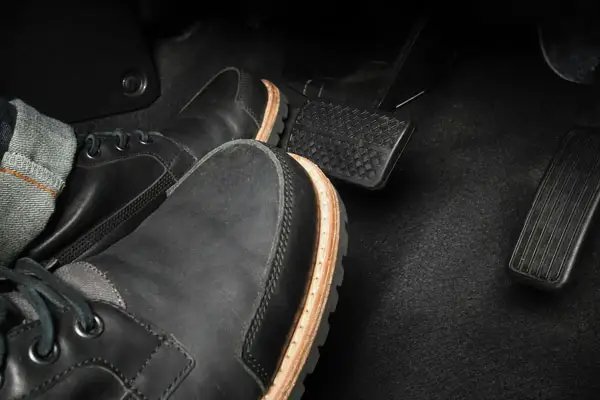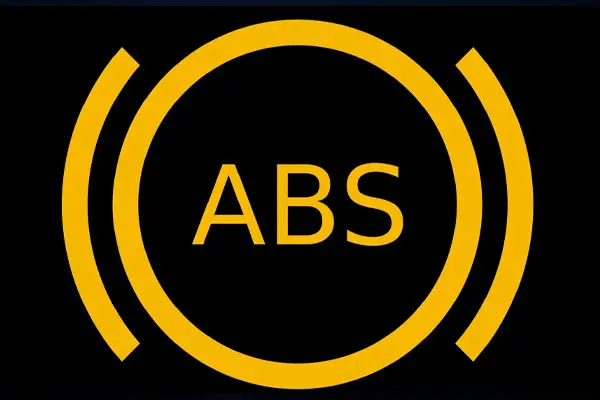A Show me / Tell me page is included as standard to give your pupils an idea of what will be asked during the test.
Know your Show Tell Me questions?
The show me / Tell section of your test lets the examiner know you understand how to perform basic safety checks and maintenance on your car.
This is not just important for passing your test though as this is an important aspect of driving and will keep you, your passengers and other road users safer.
Rotate for additional video content
Some useful watching!
Show Me Question examples
"When it's safe to do so..."

First ensure the road is clear, as visibility will be reduced for a few seconds.
The washer control will usually be on the indicator stalk and operated by pulling towards you. Hold it there for a couple of seconds as screen wash squirts onto your windscreen. The wipers will also operate until the stalk has been released.
Once released, the wipers my perform a couple of additional intermittent wipes

The rear window washer / wiper control is usually located at the end of the wiper and washer switch stalk on the steering wheel. To operate the rear wiper, turn the switch to the desired position.
To wash the rear screen, you push the stalk away from you which will squirt washer liquid and operate the wiper until released.

The headlight switch is normally on a steering wheel stalk which can be twisted to the required position

The rear window de-mister is normally controlled by a button in the centre console.
It is simply on or off so you would just switch it to the 'On' position when needed.

The horn is usually in the centre of the steering wheel and is sounded by pushing on it.
Note : The horn should only be used to warn others of imminent danger

The front winder de-mister control is normally a button located in the centre console and is simply on or off.
Set the button to the 'On' position and this will send warm air up from the bottom of the windscreen helping prevent or remove condensation on the inside of the screen

Window controls will be either in the door panel or the centre console.
Pressing the button down or up will operate the window.
Many cars will have an 'auto' setting which will lower or raise the window completely after you've pressed the button for a short time allowing you to release the button while the window continues its operation
Tell Me Question examples
"Tell me..."

The brakes should be tested before you pull away.
They should not feel soft or spongy and the car shouldn't pull in either direction when the brake is applied.

Most cars have the recommended pressure guide located in the drivers door frame.
Ideally the tyres should be cold when putting air in and always use an accurate, reliable pressure gauge
Don't forget to check the spare tyre and remember to refit valve caps when done.

Most head restraints will have a 'lock' at the bottom of one of it's arms where it goes into the top of seat.
Pushing in the button on this will allow the arms to be adjusted up or down to get the restraint to the correct position.
The head restraint should be adjusted so the rigid part of the head restraint is at least as high as the eye or top of the ears, and as close to the back of the head as is comfortable.

Tyres should be checked regularly for tread depth, cuts or bulges
Tyres MUST have a minimum of 1.6mm of tread depth across the central three-quarters of the breadth of the tyre, and around the entire outer circumference.

The warning light would become illuminated on the instrument panel if there is a fault with the brake system

You may need to turn the ignition on and operate the indicators and/or lights
To check these are working, you could get out and physically check or use reflective surfaces that allow you to see the indicators while still in the car.

As the brake lights only come on when the brake pedal is pressed, this can only be done when on your own by using reflections in windows or other reflective surface.
Alternatively, ask someone to check for you while you press the pedal

Before starting a journey, 2 simple checks can be made.
1. Gentle pressure on the steering wheel, maintained while the engine is started, should result in a slight but noticeable movement as the system begins to operate.
2. Turning the steering wheel just after moving off will give an immediate indication that the power assistance is functioning.

Your main lights will need to be on order for the fog lights to operate.
The location of the fog light controls can vary from car to car so it's important to know where these are BEFORE you start a journey.
These lights show only be used when visibility is very poor e.g in fog or very heavy rain and should be turned off as soon as visibility improves

The lights are normally controlled from a stalk on the steering wheel.
When the dipped beam is on, pulling the stalk towards you will operate the full beam until the stalk is released.
Pushing the stalk away from you will turn the full beams off without you needing to keep it in position and will remain on until you pull the stalk back to the dipped beam position.

The oil level is checked by using the dipstick. This should be pulled out and cleaned with a rag to remove any oil already on it so you don't get a false measurement.
You would then put the dipstick back in and out again to check the level against the Min / max markers on the stick

Identify the appropriate reservoir and check the coolant / brake fluid level against the min / max markers.
Where the level is low, remove the filler cap, top it up with suitable fluid & replace the cap.
t/a Driving Instructor Sites
Melgab Media Ltd
Company no 121380823
3 West Street
Leighton Buzzard
Beds
LU7 1DA


